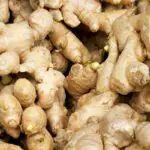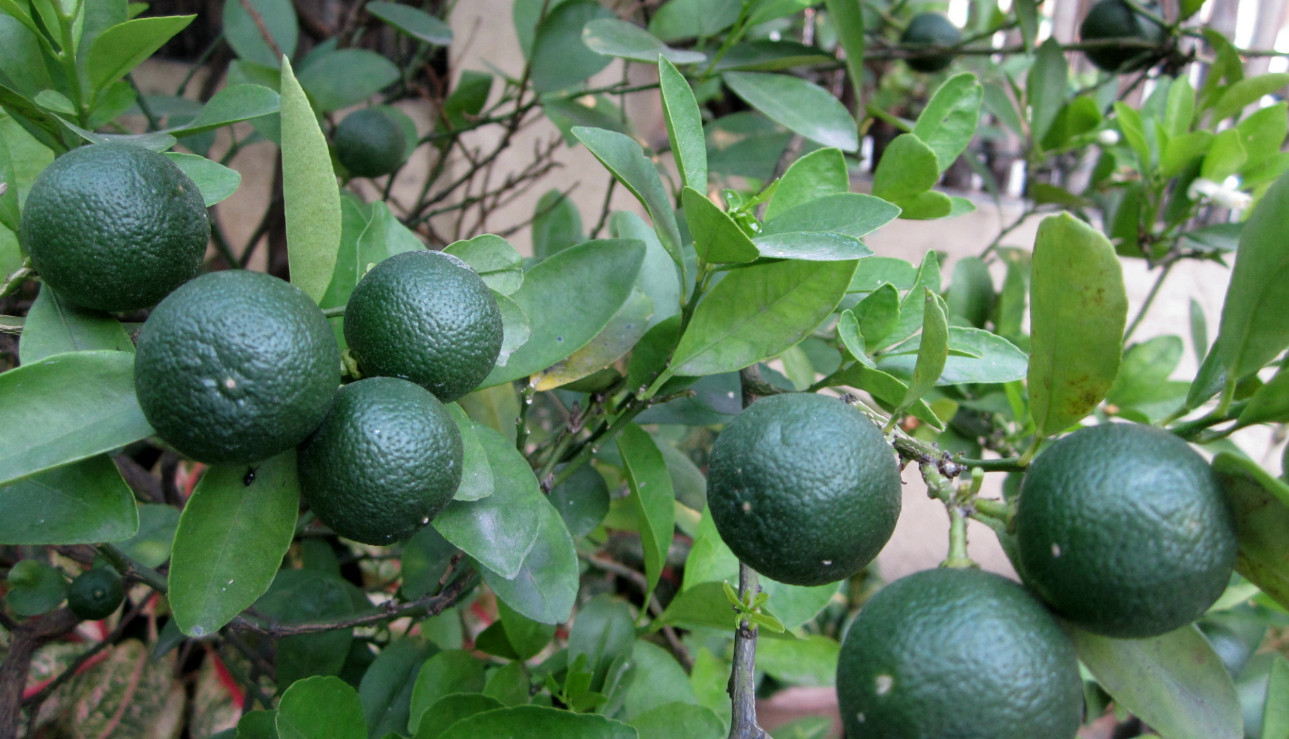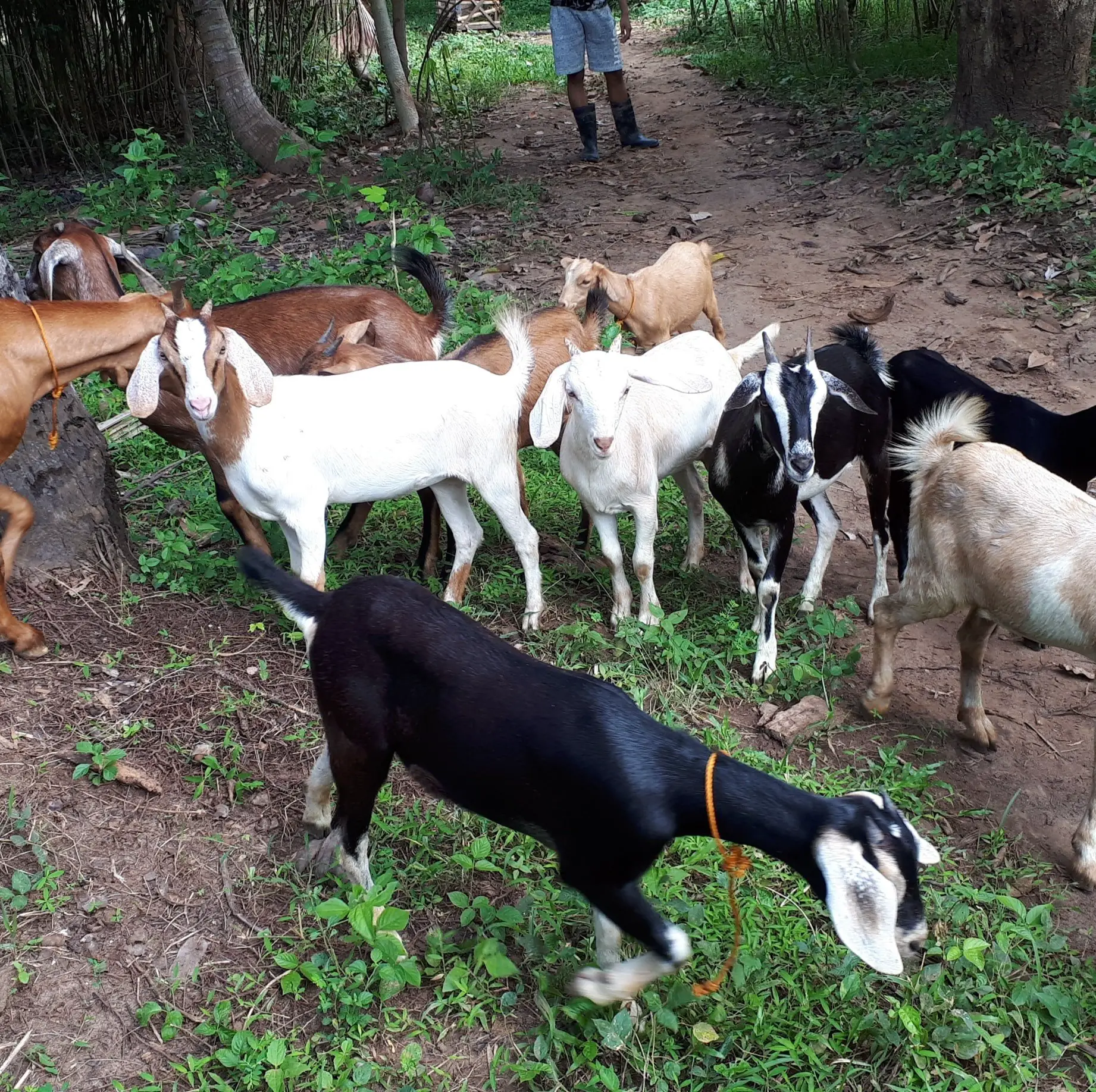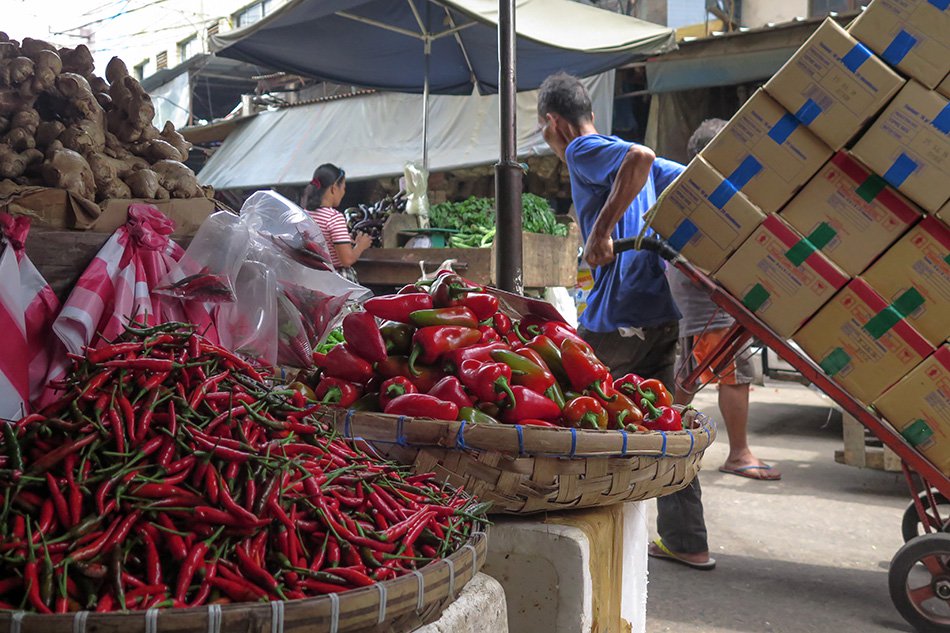Calamansi (Citrofortunella microcarpa) is a prized citrus plant that is abundant in the Philippines. Its fruit has a multitude of uses such as source of marmalade, juice, and other medicinal purposes.
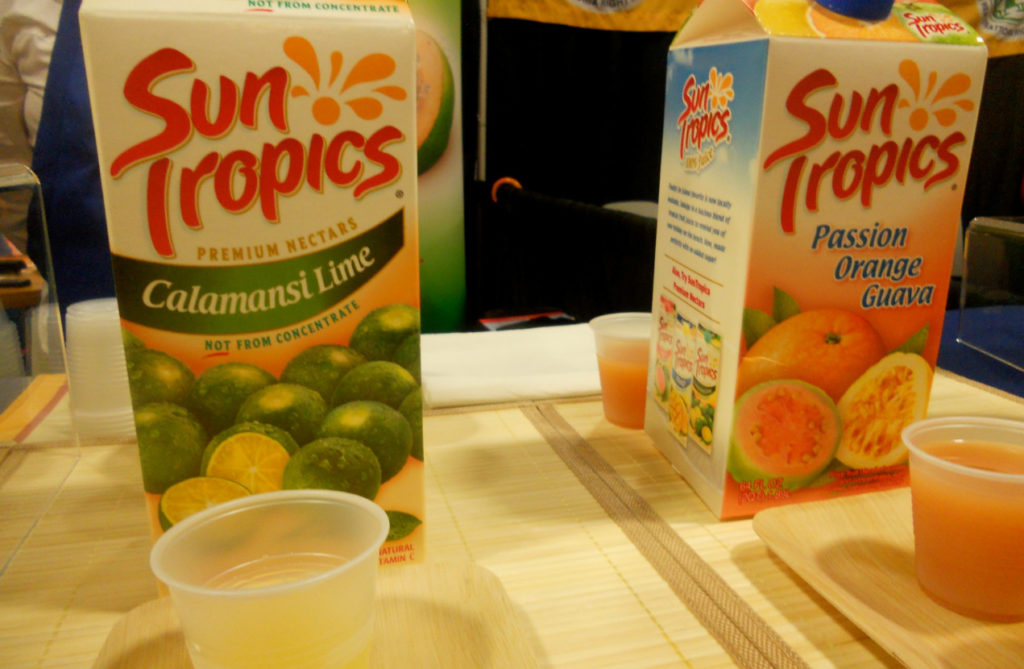
While the fruit also known as calamondin, calamonding, Panama orange and Chinese orange is widely considered an ornamental tree rather than source of food, it is widely cultivated in the Philippines for the latter purpose — as juice, sauce and food condiment. Gathering popularity overseas, calamansi has also become a choice lemonade packaged in carton boxes and found at grocery shelves.
Calamansi is available year-round in the Philippines and is usually seen in its unripened green state. When left to ripen it turns a tangerine orange hanging in a small tree whose height ranges between 3 and 6 meters at maturity.
Table of Contents
Varieties of calamansi
The calamansi seed produces plants which originate mainly from the mother tissues giving rise to seedlings which have the same characteristics as the mother tree. For this reason, the calamansi trees in the Philippines are believed to belong to only one variety.
Uses of calamansi
Calamansi fruit is grown on a large-scale in the country due to a variety of uses.
- Juice is processed into bottled concentrate, as a ready-to-drink juice in tetra packs, and as a marmalade.
- Juice is also popular as a flavor enhancer for native dishes.
- Juice is also a cleanser and hygienic substance, and can be used as stain remover, body deodorant, skin bleach, and hair shampoo.
- Juice has medicinal purposes and relieves itching and irritation for insect bites as cough remedy, a laxative to loosen bowels. Its roots are used for treatment at childbirth and leaves to cure gas pains.
- Calamansi is also popular as a potted ornamental plant.
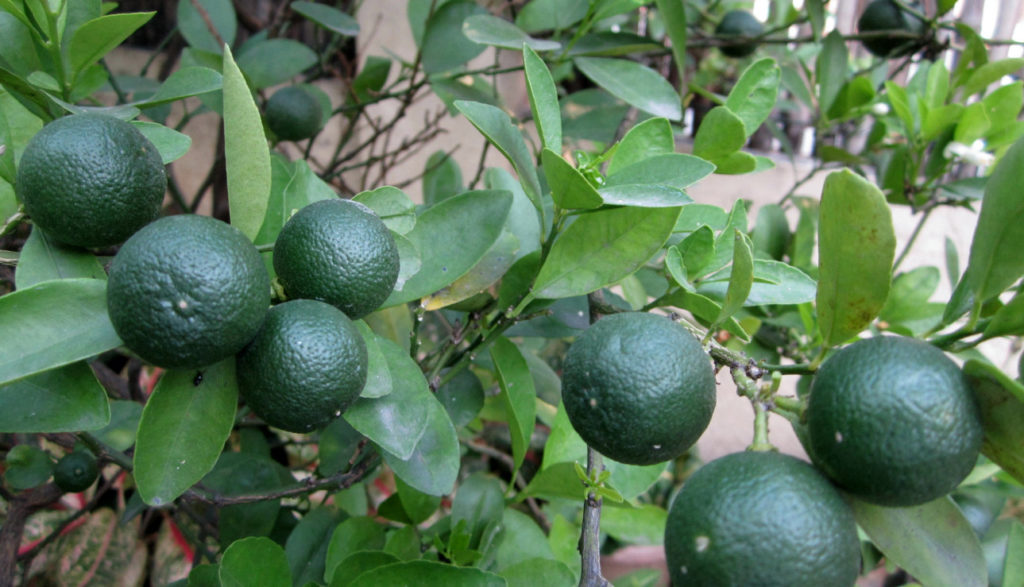
Soil and climatic requirements
Calamansi grows well from warm to cool climates and in lowland areas and grows best in a slightly acidic, well-drained sandy or clay loam soil rich in organic matter. Ideally grown in areas with an evenly distributed rainfall of 1,500-2,000 mm/year.
Calamansi trees can grow over a wide range of soil types from clay loam to limestone to sand. Budded or grafted trees will start to bear fruit one or two years after planting. Trees may live for forty or more years.
Maintaining growth of calamansi trees
Given their small stature, calamansi trees don’t require a big area to thrive. Backyard farming can provide a steady supply of calamansi fruit for daily household use.
1. Propagation. The calamansi may be propagated by seed. However, general practice for large scale multiplication of superior trees propagation is done by shield budding using calamandrin as rootstock. Other methods of propagating calamansi are by stem cuttings, marcotting, and grafting.
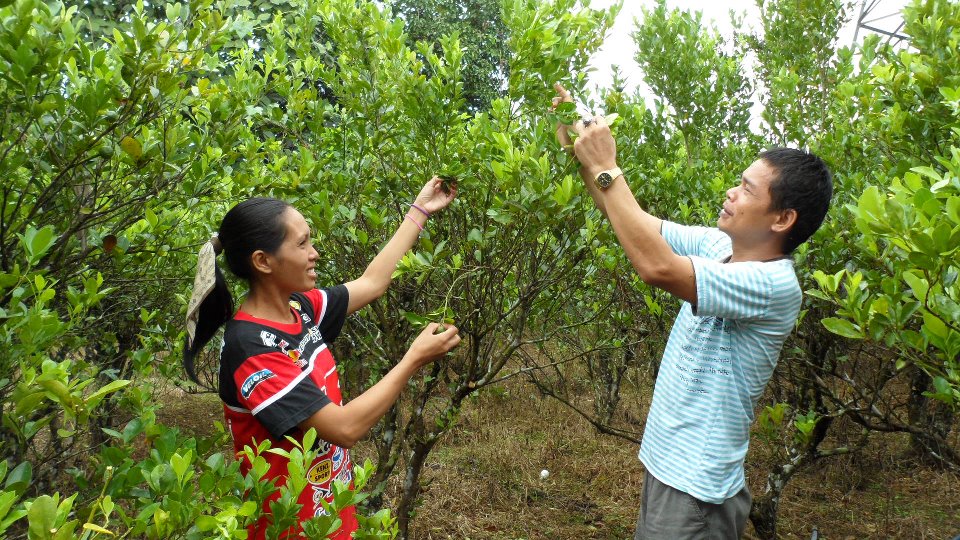
2. Planting/Transplanting. Sow seeds in a seedbed, 1-2 centimeter apart at a depth of 1 centimeter, and after four to five months when seedlings are 10-15 cm tall transplant them to individual containers. Field planting should be done during the rainy season. Set the plants at a spacing of 4 to six meters apart from each other.
3. Irrigation. After the rainy season, Irrigate calamansi trees during the first dry season; after which trees may depend entirely on rain for their water requirement. To attain early of-season flowering, heavily water the trees one to two months before normal flowering time. Commercial orchards may employ a drip irrigation system.
4. Fertilization. During the first year, apply urea at 50-100 grams per tree and 200-300 grams per tree during the second year. In the third year when the tree starts bearing fruit commercially, apply 350-400 grams complete fertilizer per tree. Correspondingly increase the amount as the tree gets older. Evenly distribute the fertilizer in two applications, one at the onset of the rainy season and another towards the end of the rainy season.
6. Pruning. Remove diseased, dead interlacing branches.
7. Pest and diseases prevention. The common pest of calamansi is the fruit fly and the most serious disease is leaf mottling which is transmitted by the insect carrier, Diaphorina citri better known as citrus psylla or jumping plant lice. As a preventive measure, use certified disease-free planting materials and spray trees regularly with an insecticide. Remove totally and burn trees infected by diseases and pest.
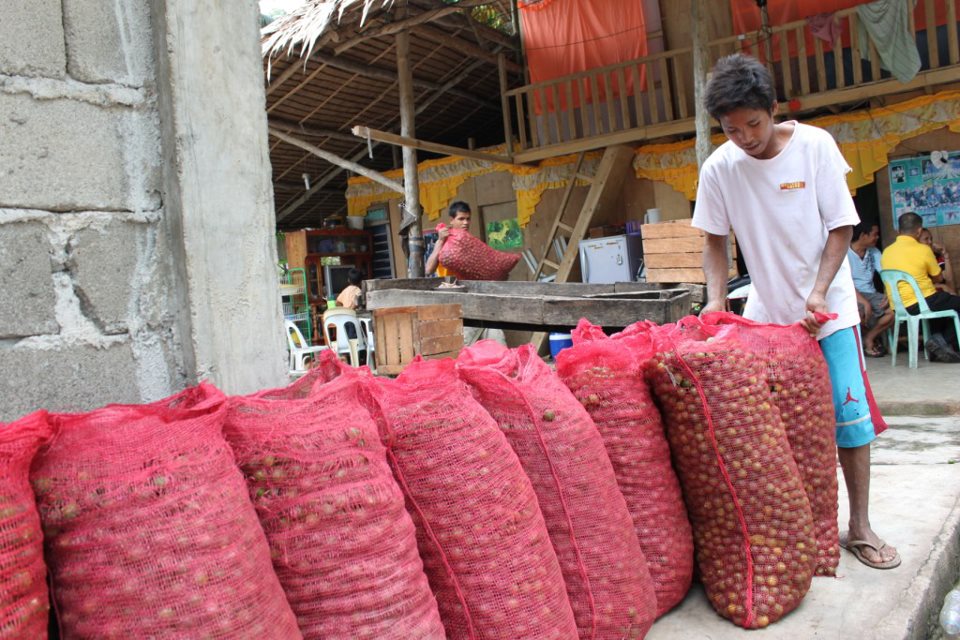 8. Harvesting and Post-harvest Handling
8. Harvesting and Post-harvest Handling
A three-year-old tree produces. 75 kilograms of fruit; at six years, 10 kilograms ; and at ten years, 50 kilograms . on the average, calamansi produces 20 tons of fruit per hectare per year.
- Though fruits are available throughout the year, the peak season is from August – October.
- Harvest fruits by hand or by clipping with shears.
- Pack calamansi fruit in bamboo baskets lined with banana leaf sheaths or newspaper.
A freshly-harvested fruit can be kept in good condition for two to three weeks at 8 – 10C and 90% relative humidity.
Reference: Philippine Council for Agriculture, Forestry and Natural Resources Research and Development (PCARRD)
Photo credits: http://piazampen.blogspot.com




